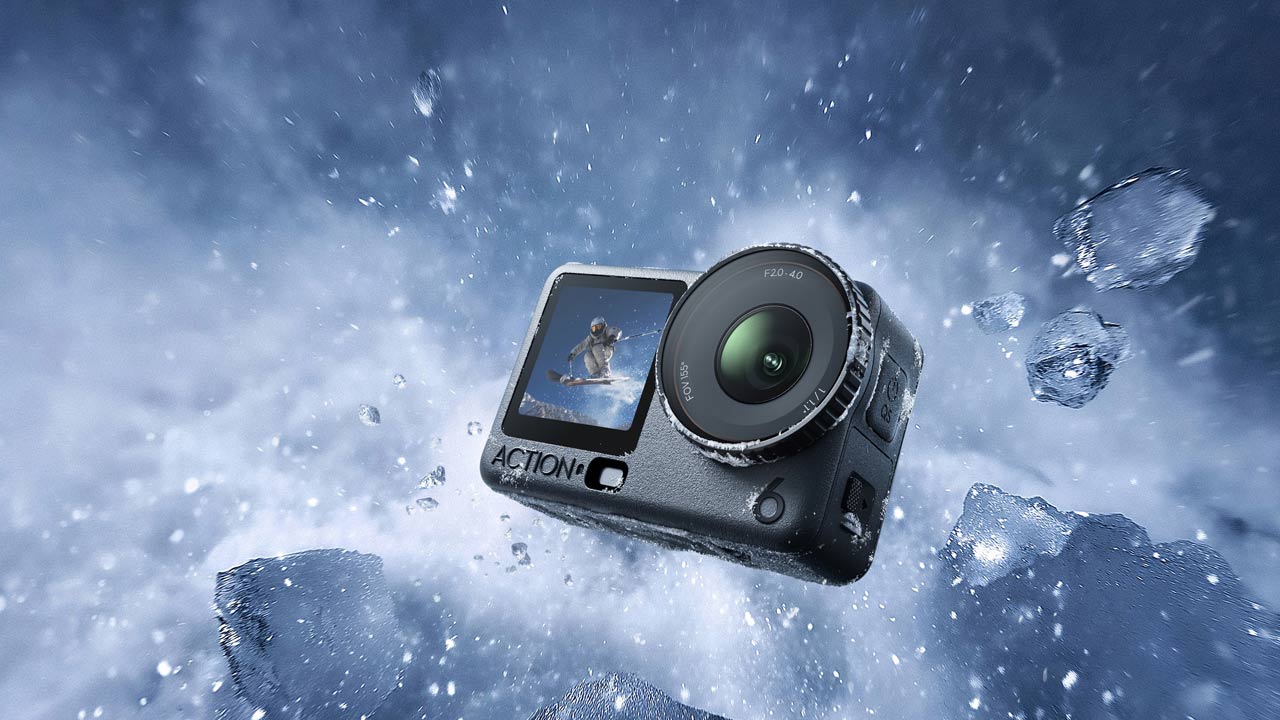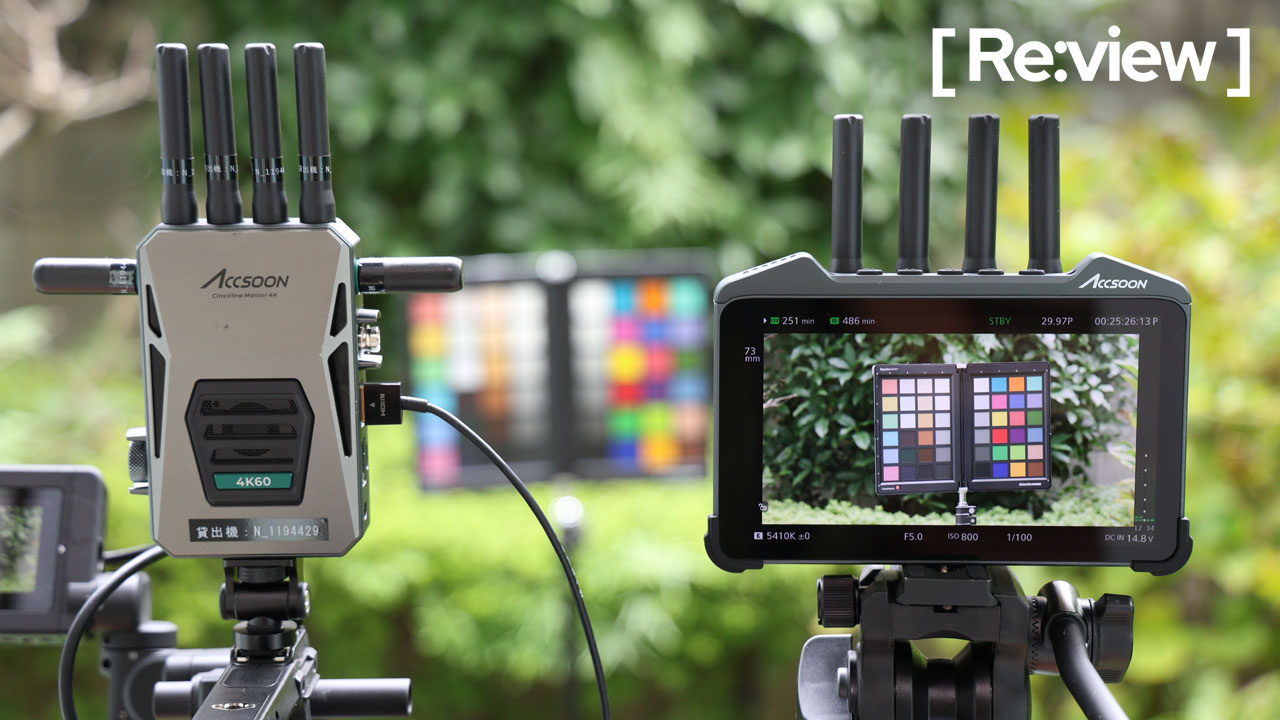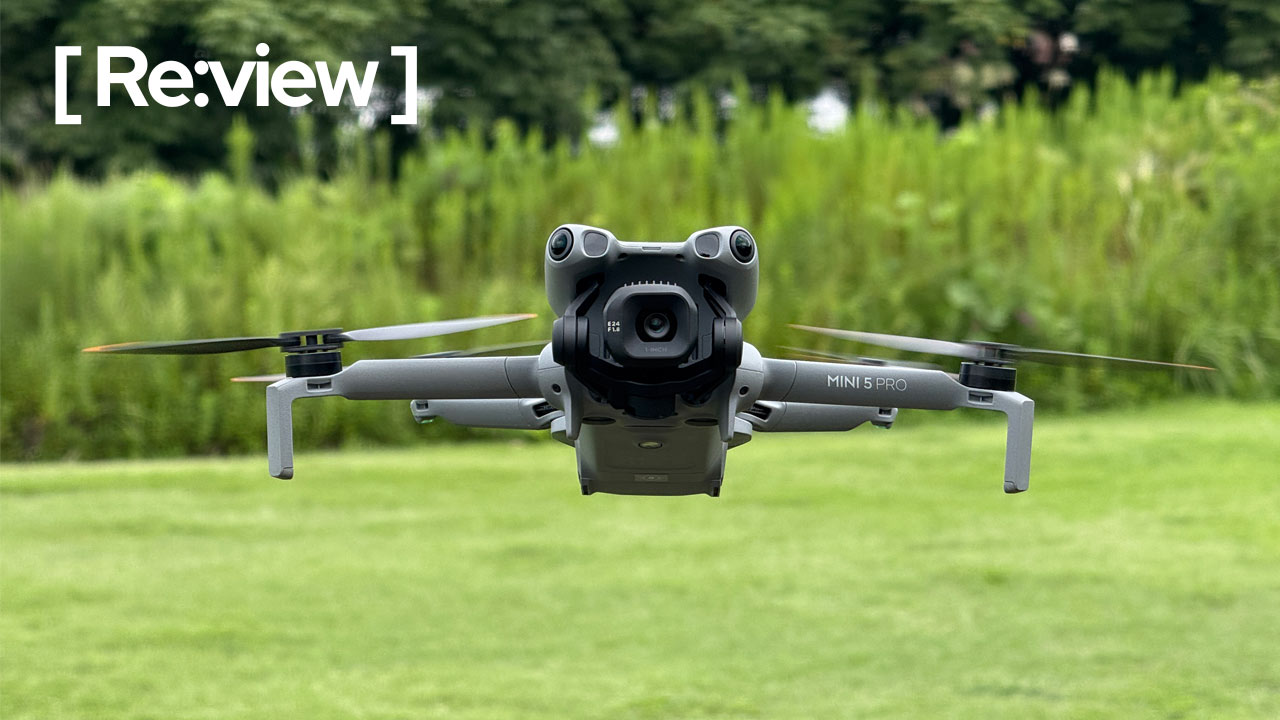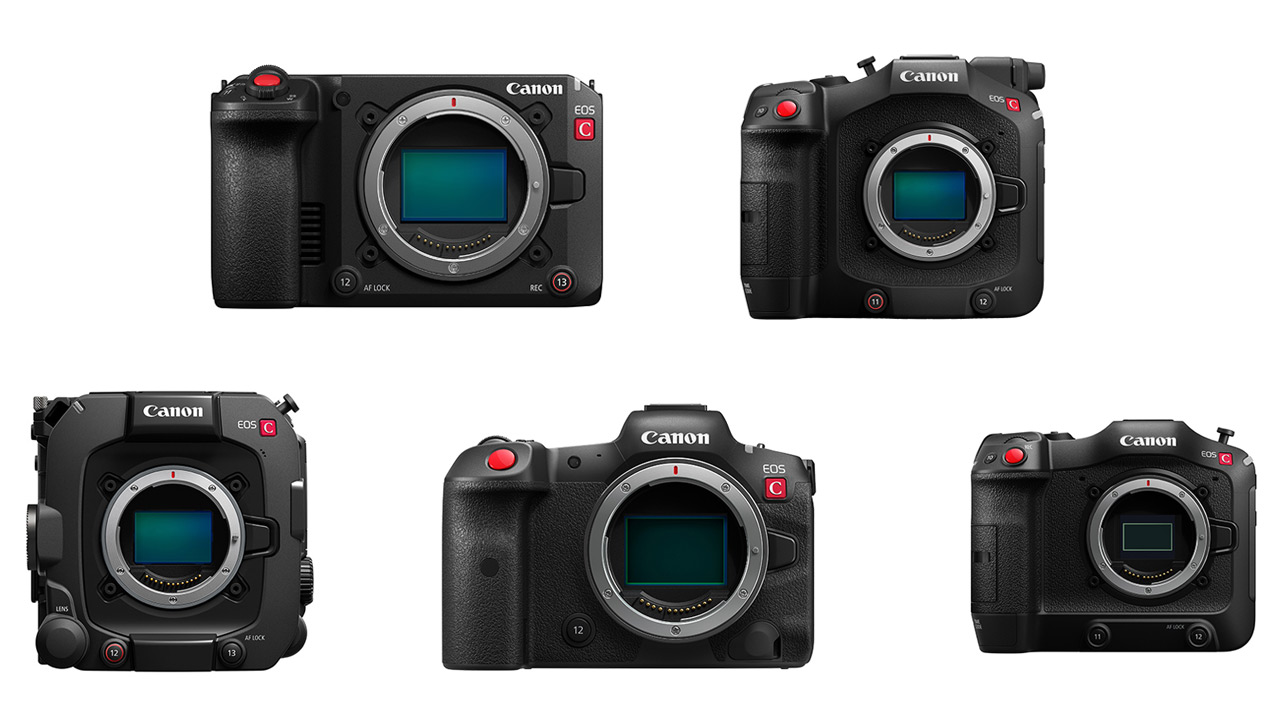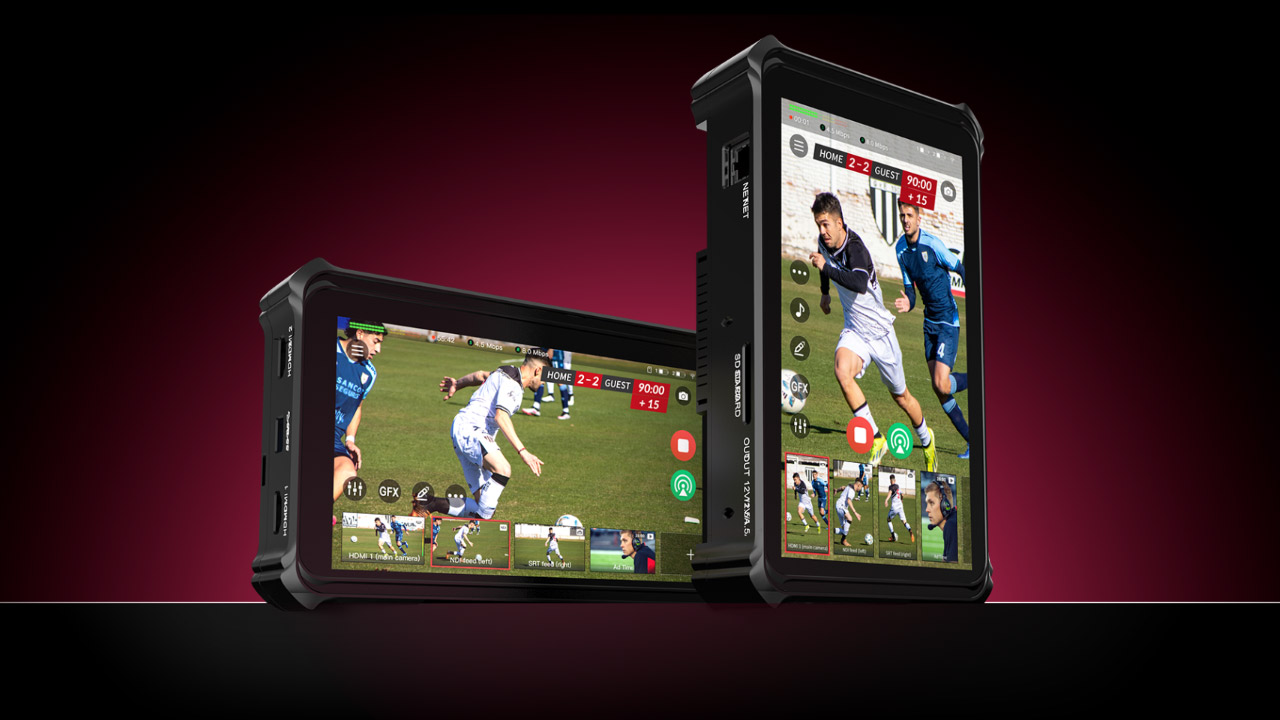Originally written in Japanese for our sister website Drone.jp

High-performance compact drone Mavic 3 with a trinocular camera
The most obvious feature of this drone is this 3-lens camera. Life size (24mm), medium telephoto (70mm/approx. 3x), and telephoto (166mm/approx. 7x) are combined, and can be easily switched by tapping the radio screen.



Screen capture of the DJI RC Pro radio. You can switch the lens to use by simply tapping “1”, “3”, and “7” on the right side of the screen.The airframe of the drone inherits the previous Mavic 3, and the Cine line continues to have a 1TB SSD built into the aircraft. It is possible to shoot in Apple ProRes422 format.
Drone Features:
- High-quality shooting (up to 5.1k/50fps, DCI 4k/120fps)
- Timed flight (maximum flight time 43 minutes)
- High-precision positioning function (32 GNSS can be acquired in places with good sensitivity)
- Equipped with obstacle detection optical sensors in all directions (fisheye lens cameras on the front, back and bottom, wide-angle lens camera on the top)
- Abundant shooting menu (slow motion, master shot, time lapse, panorama, etc.)
- Stable transmission and reception of radio waves such as video transmission (catalog value maximum transmission distance 8km by O3+ system)
The Mavic 3’s high-performance flight and shooting performance remains the same (rather, the operability is improved). However, the price of the Mavic 3 Pro is cheaper than the old Mavic 3, and it is an amazing cost performance that is almost the same as the entry model “Mavic 3 Classic” before the price revision.
Product lineup
- DJI Mavic 3 Pro (DJI RC): $2,199
- DJI Mavic 3 Pro Fly More Combo(DJI RC): $2,999
- DJI Mavic 3 Pro Fly More Combo(DJI RC PRO): $3,889
- DJI Mavic 3 Pro Cine Premium Combo: $4,799



High-performance gimbal camera that achieves stable camera operation even with a telephoto lens
You can see how huge the trinocular camera is compared to the old Mavic 3 camera. The sensor size is 1x: 4/3 inch, 3x: 1/1.3 inch, and 7x: 1/2 inch. higher image quality).



Also, with the old Mavic 3, when I switched to the 166mm lens (7x telephoto), I was worried about the shaking of the gimbal, but with the Mavic 3 Pro, that shaking has been considerably alleviated. With a 70mm lens (3x medium telephoto), it’s almost unnoticeable, so with the Mavic 3 Pro, it seems that 3x and 7x can be actively used for shooting.
A little flight review! Not only higher image quality, but also smooth behavior and flight performance update

A full-fledged shooting review, such as the difference in depth of field depending on the lens, will be delivered next time, but I tried a light flight as a test.
First of all, the moment I let it fly, I was surprised at its smooth behavior. I usually use the Mavic 3, but compared to the previous iteration of the Mavic 3, I have an image that it accelerates very smoothly from the start of movement to the low speed range.
And as I mentioned earlier, the gimbal also works very stably even when using a telephoto lens, so even when using a medium telephoto lens or a telephoto lens, you can shoot smoothly even with a changing angle of view that combines the movement of the gimbal and the aircraft. increase. According to DJI’s development team, it has been “optimized”, and it may be a surprising change for those who are already using the Mavic 3 series.
Also, I wanted to see how the angle of view changes due to the difference in focal length from the same hovering location, so I shot a sample video. As for the image quality, I feel that there is a little noise only with the 166mm lens (7x).
Unrivaled high performance and overwhelming cost performance
The new series “Mavic 3 Pro / Mavic 3 Cine” has been greatly reduced in price despite the major updates. When the old Mavic 3 debuted, some people said that the price was high, but the Mavic 3 Pro / Mavic 3 Cine this time is rather expensive. It seems that you can hear the voice saying “Cheap!”
And above all, there is no doubt that it is a camera drone that makes aerial photography even more fun.


